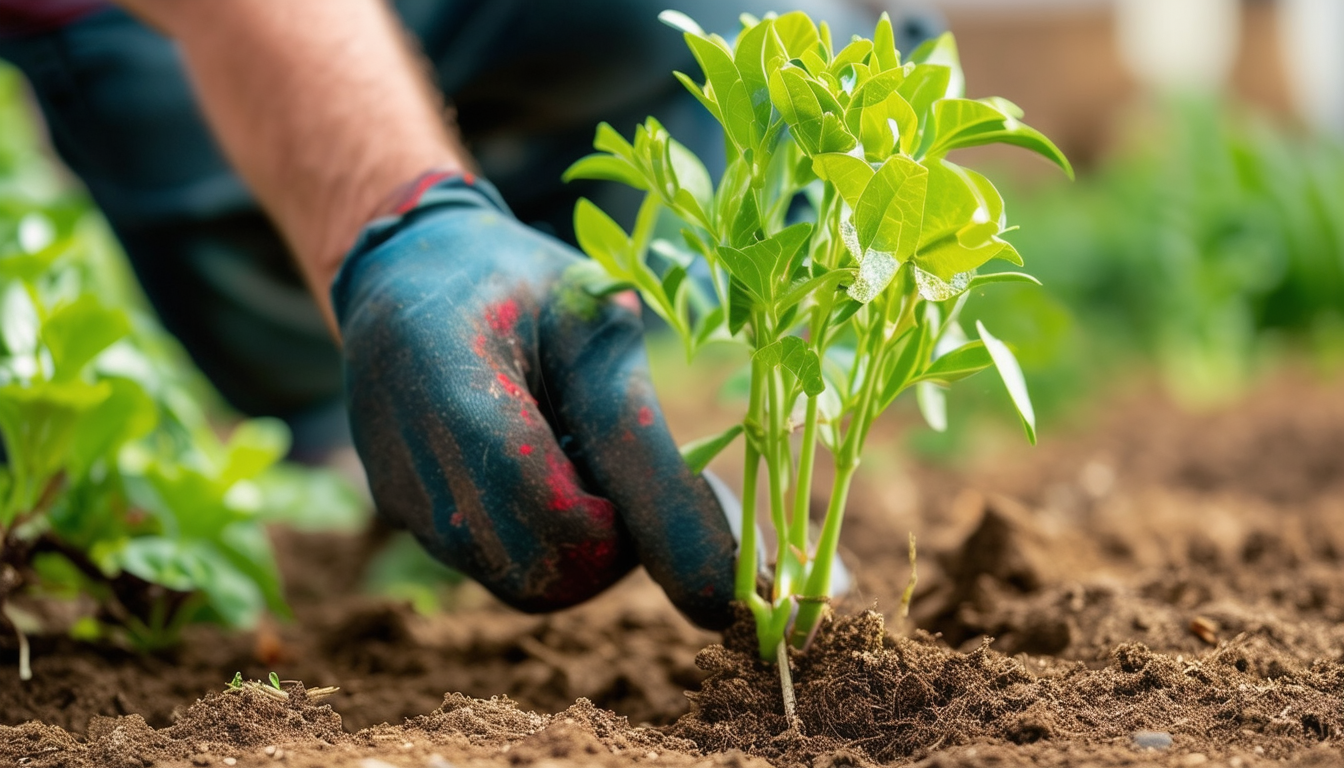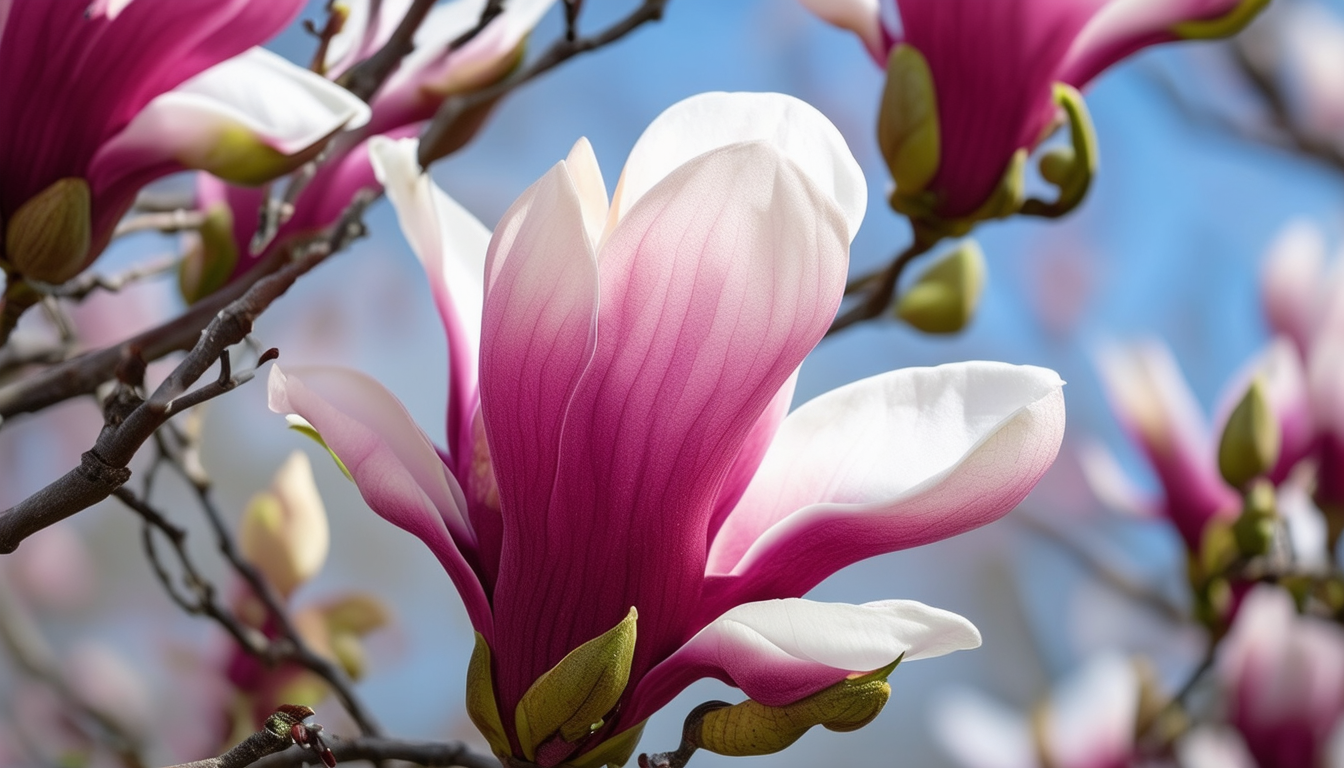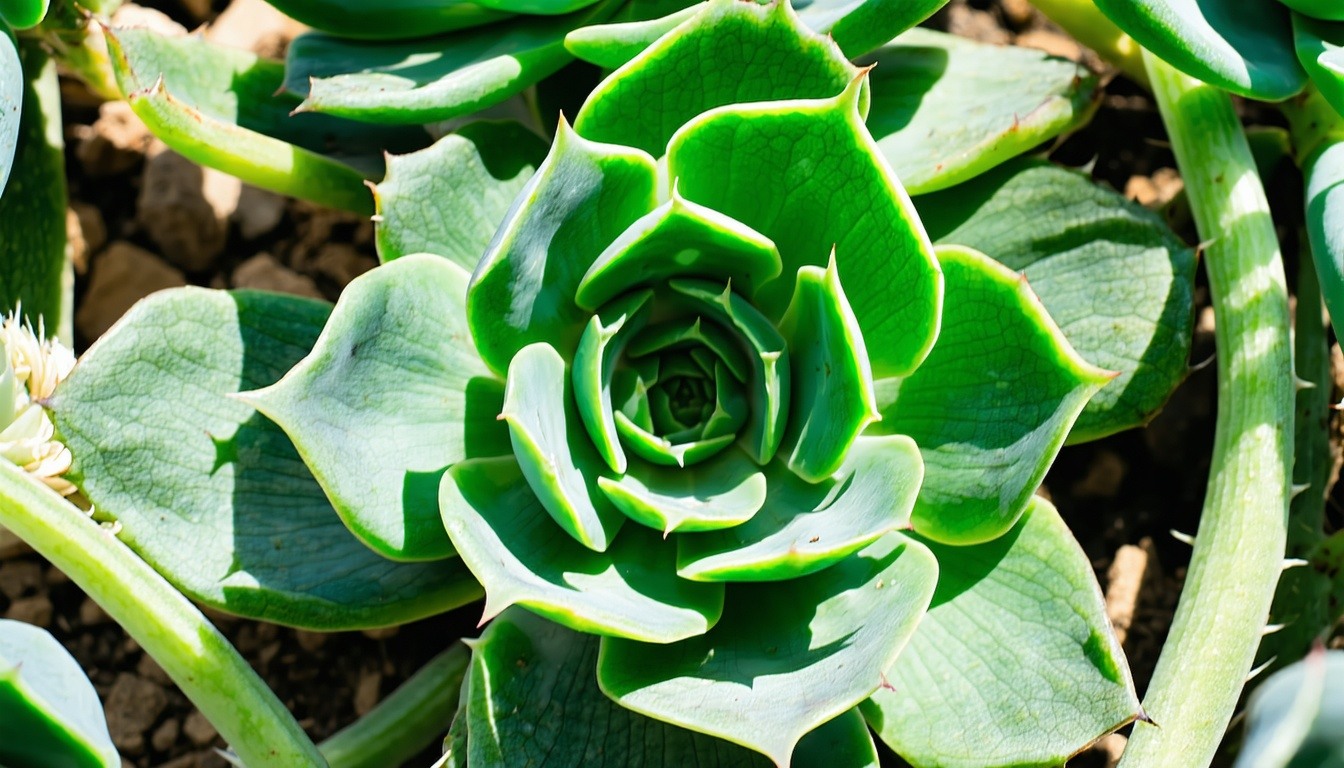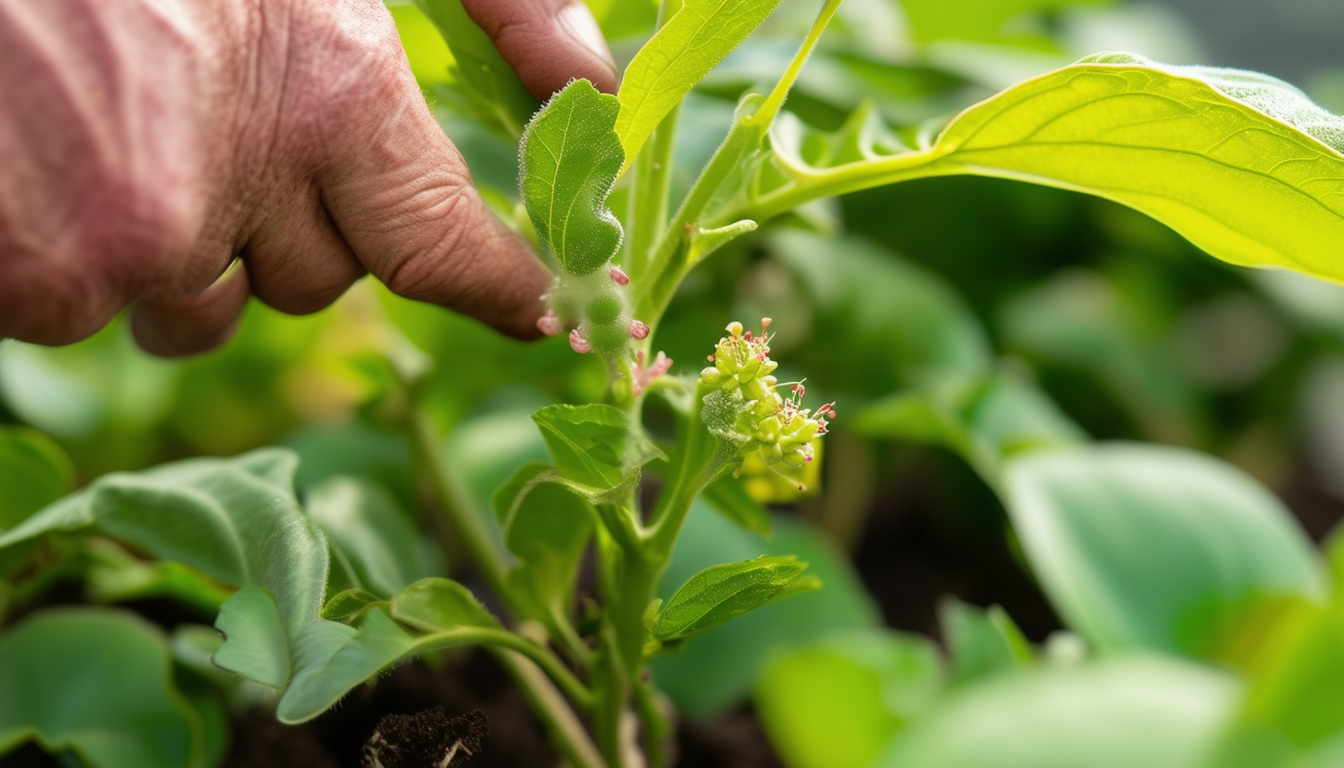
Discover the ancient art of layering to propagate your favorite plants effortlessly at home.
Intro - Understanding the Basics of Layering Propagation
Layering is a time-tested method of plant propagation that involves encouraging a stem to produce roots while still attached to the parent plant. This technique is particularly useful for gardeners who want to multiply their favorite plants without the need for seeds or cuttings. Simple layering is one of the most straightforward types of layering and can be performed with minimal equipment and effort.
This method works by bending a low-growing stem to the ground and partially burying it to stimulate root growth. Once the stem has developed a sufficient root system, it can be severed from the parent plant and transplanted to a new location. Understanding the basics of this propagation technique can open up new possibilities for expanding your garden with ease.
Choosing the Right Plants for Layering
Not all plants are suitable for layering, so it’s important to choose the right candidates. Plants that have flexible, low-growing stems are ideal for simple layering. Some popular choices include roses, honeysuckle, forsythia, and many types of berries like blackberries and raspberries.
When selecting plants for layering, look for healthy specimens with no signs of disease or pest infestations. This will help ensure that the new plants develop strong and vigorous root systems. Additionally, choose stems that are one to two years old, as these tend to root more readily than older, woody stems.
5 Step Guide to Layering Your Plants
1. **Select and Prepare the Stem:** Choose a healthy, flexible stem that can be easily bent to the ground. Make a small wound or notch on the underside of the stem to encourage rooting.
2. **Bend and Bury the Stem:** Gently bend the stem down to the ground and bury the notched section in the soil, leaving the growing tip exposed. Secure the stem in place with a U-shaped wire or a small rock.
3. **Water and Maintain Moisture:** Keep the soil consistently moist around the buried section to encourage root development. Avoid letting the soil dry out completely.
4. **Monitor Root Development:** Check the buried stem periodically for root growth. This process can take a few months, depending on the plant species and environmental conditions.
5. **Sever and Transplant:** Once the stem has developed a strong root system, sever it from the parent plant and carefully transplant it to its new location. Water the new plant thoroughly and provide appropriate care to help it establish.
Best Time of Year for Propagating Using Simple Layering
The best time to propagate plants using simple layering is during the growing season, typically in spring or early summer. This timing allows the buried stem to develop roots while the plant is actively growing and has ample energy to support new growth.
Avoid layering during extreme weather conditions, such as the peak of summer or winter, as these can stress the plant and hinder successful rooting. Providing optimal conditions will increase the likelihood of successful propagation and healthy new plants.
Common Mistakes and How to Avoid Them
One common mistake is not preparing the stem properly. Make sure to create a small wound or notch on the underside of the stem to stimulate root growth. Skipping this step can result in slow or failed rooting.
Another mistake is neglecting to maintain consistent moisture around the buried section. Dry soil can impede root development, so it's crucial to keep the soil consistently moist. Overwatering, however, can lead to rot, so find a balance.
Lastly, impatience can be a barrier to success. Rooting can take several months, so it's important to be patient and regularly check for root development without disturbing the stem too much.
Caring for Your Newly Layered Plants
Once you have successfully layered and transplanted your new plants, proper care is essential for their establishment and growth. Water the new plants thoroughly after transplanting and continue to provide consistent moisture until they are well-established.
Mulching around the base of the plant can help retain soil moisture and suppress weeds. Additionally, monitor the new plants for any signs of stress, disease, or pests and take appropriate action to address any issues promptly. With nurturing care, your newly layered plants will thrive and become a beautiful addition to your garden.
List of 20 plants that can be propagated with simple layering
1. Rose
2. Honeysuckle
3. Forsythia
4. Blackberries
5. Raspberries
6. Clematis
7. Lavender
8. Wisteria
9. Jasmine
10. Hydrangea
11. Azalea
12. Rhododendron
13. Grape vines
14. Currants
15. Gooseberries
16. Euonymus
17. Boxwood
18. Spirea
19. Philodendron
20. Ivy
FAQ
What is the layering method of plant propagation? Layering is a propagation technique where a stem is encouraged to form roots while it remains attached to the parent plant, and then it is severed once it has successfully rooted.
What are the disadvantages of layering propagation? The process can be quite time-consuming, and not all plants are suitable for this method of propagation.
How long does layering take to root? The rooting process can take anywhere from a few months to a year, depending on the specific plant species and the environmental conditions.
How do you conduct the layering technique? This is done by bending a stem to the ground, making a small wound on it, burying part of it in soil, and keeping it consistently moist until it develops roots.
What plants are good for layering propagation? Roses, honeysuckle, forsythia, blackberries, and raspberries are some examples of plants that respond well to layering.
Can you propagate lavender by layering? Yes, lavender can indeed be propagated by using the layering method.
Can you air layer without rooting hormones? Yes, it is possible to air layer without rooting hormones, although using them can increase the success rate.
What is an example of simple layering? An example would be bending a branch of forsythia to the ground and burying it to encourage the growth of roots.
Can you layer clematis? Yes, clematis can be effectively propagated by using the layering technique.
How to pin plants to soil? You can use U-shaped wires or small rocks to securely hold the stem in place against the soil.
How do you trench layering? This involves laying a longer section of the stem horizontally in a trench and covering it with soil, while leaving the tip exposed.
How long should roots be when propagating? The roots should be well-developed and several inches long before you sever them from the parent plant.
How many months does it take for layers to grow? It can take several months to a year for layers to grow, depending on the plant.
How does layering propagation work? It works by encouraging a stem to form roots while it is still attached to the parent plant, and then severing it once it has rooted.
How can I grow out layers fast? To grow out layers quickly, provide optimal conditions, including consistent moisture and appropriate light.
What is the best rooting hormone for air layering? Products that contain indole-3-butyric acid (IBA) are known to be effective for this purpose.
How long do cuttings take to root with rooting powder? The time can vary, but generally, it takes a few weeks to a couple of months.
What are the advantages and disadvantages of layering in plants? Advantages include the need for minimal equipment and high success rates; disadvantages include the time required and the fact that it is only suitable for certain plants.
What plants are grown by layering? Roses, honeysuckle, forsythia, and many berry plants are commonly propagated by layering.
What are the common methods of layering? Simple layering, air layering, and trench layering are among the common methods used.
Can you use compost to air layer? Yes, compost can be effectively used as a medium in air layering.
What is homemade rooting hormone? Willow water and honey are examples of substances that can be used as homemade rooting hormones.
What is the best time to do air layering? The best time is during the growing season, typically in spring or early summer.
What plants are good for layering? Many shrubs, vines, and berry plants are well-suited for propagation through layering.



